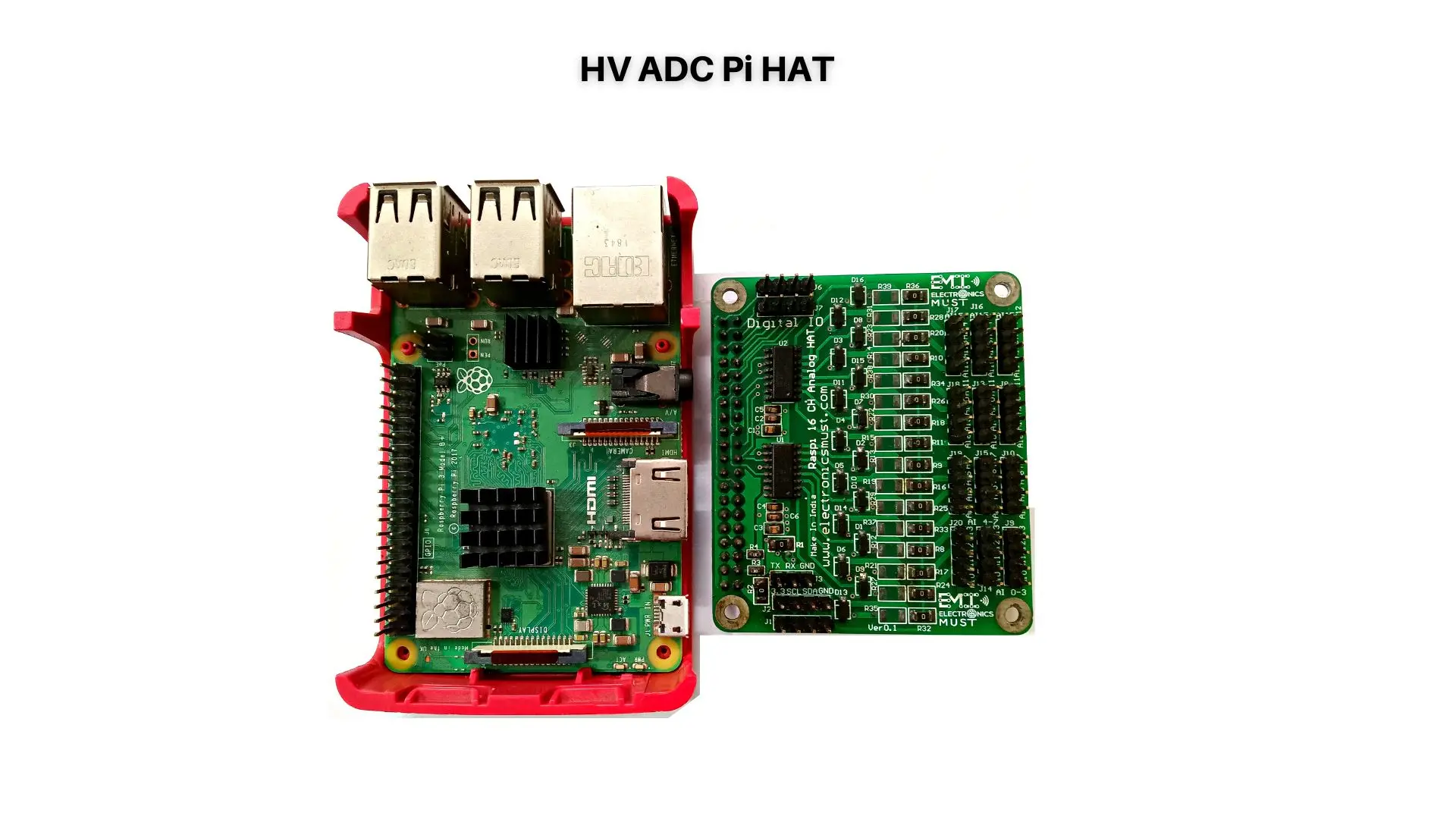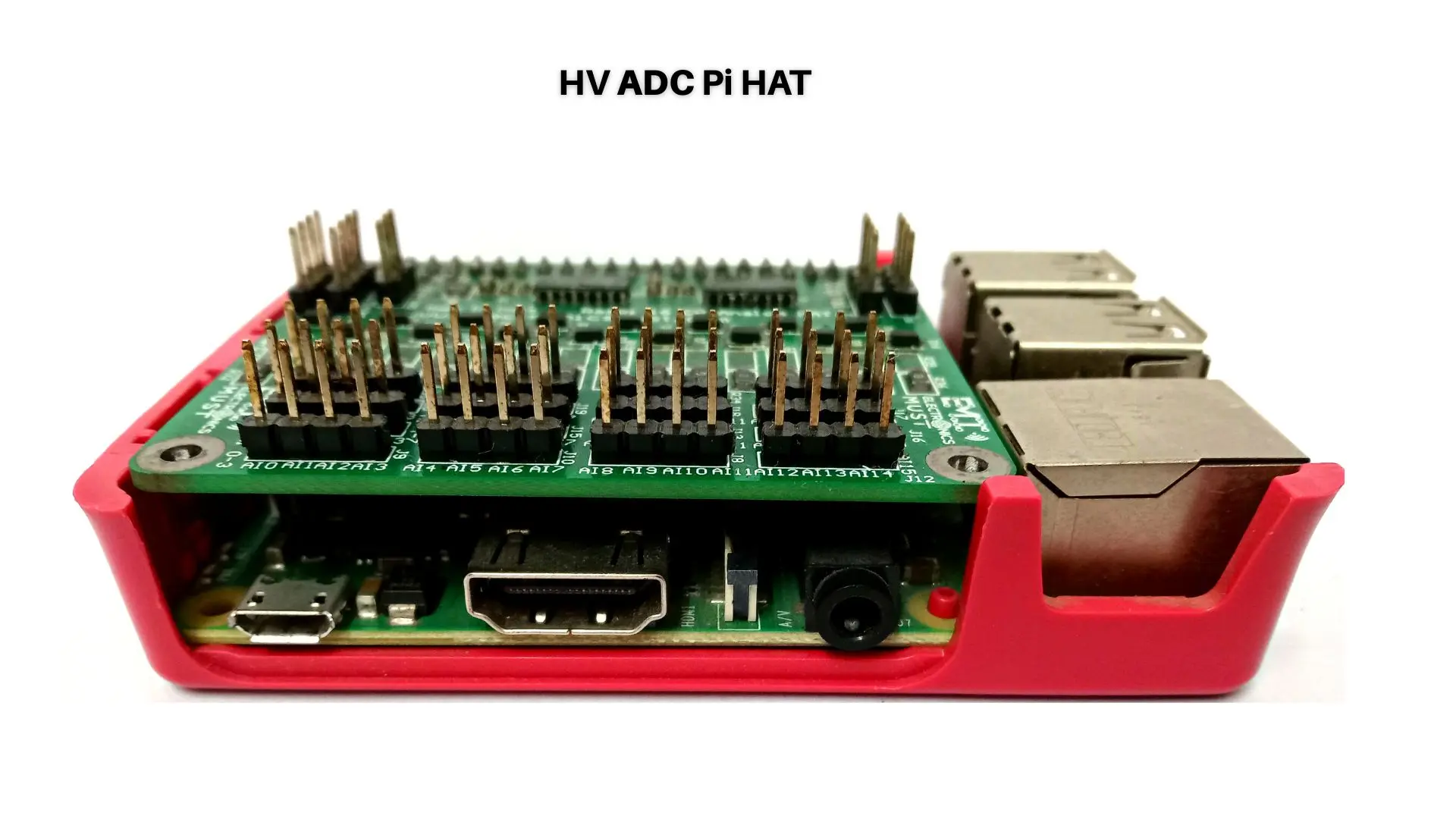Introduction:
Electronics engineering is a field driven by innovation, constantly pushing the boundaries of technology. To stay ahead in this rapidly evolving industry, it is crucial to be aware of the latest trends and innovations. In this blog post, we will explore the exciting innovations and emerging trends in electronics engineering. We will discuss the benefits of staying updated with these advancements, highlight their importance in designing cutting-edge products, delve into other key factors to consider, and conclude with the significance of embracing the future of electronics engineering.
Benefits of Innovations and Trends:
1. Technological Advancements: Staying abreast of the latest innovations allows electronics engineers to leverage new technologies and incorporate them into their designs. This leads to the development of more advanced and sophisticated electronic devices with enhanced performance, increased functionality, and improved user experiences.
2. Market Competitiveness: Embracing innovations and trends in electronics engineering helps companies gain a competitive edge. By incorporating the latest technologies and design techniques, companies can create products that meet or exceed customer expectations. This allows them to stand out in the market, attract customers, and drive business growth.
3. Efficiency and Productivity: Innovations in electronics engineering often focus on improving efficiency and productivity. By adopting new methodologies, tools, and technologies, engineers can streamline the design process, reduce time-to-market, and optimize resource utilization. This leads to increased productivity, cost savings, and improved overall efficiency.
4. Sustainable Solutions: Many innovations and trends in electronics engineering are centered around sustainability and eco-friendly design. By embracing these advancements, engineers can develop electronic devices that minimize environmental impact, reduce energy consumption, and promote a more sustainable future.
5. User Satisfaction: Incorporating the latest innovations in electronics engineering enhances the user experience. By designing products with advanced features, intuitive interfaces, and seamless connectivity, engineers can create electronic devices that meet the evolving needs and expectations of users. This results in higher customer satisfaction and loyalty.
Importance of Innovations and Trends:
1. Internet of Things (IoT): The IoT is revolutionizing the electronics industry by enabling interconnected devices and systems. Electronics engineers must understand IoT principles and design considerations to develop smart and connected products. By integrating sensors, wireless communication, and data analytics, engineers can create IoT devices that offer new functionalities and opportunities for automation.
2. Artificial Intelligence (AI) and Machine Learning (ML): AI and ML technologies are transforming various industries, and electronics engineering is no exception. These technologies enable intelligent decision-making, pattern recognition, and predictive analytics. Engineers can leverage AI and ML algorithms to optimize system performance, enhance user experiences, and enable innovative applications such as voice recognition and image processing.
3. Robotics and Automation: Robotics and automation have gained significant traction in recent years. Electronics engineers play a crucial role in developing the electronic systems and control mechanisms required for robotic applications. By integrating sensors, actuators, and intelligent control systems, engineers can design robots for industrial automation, healthcare, and even consumer applications like home assistants.
4. Wearable Electronics: Wearable electronics, including smartwatches, fitness trackers, and augmented reality devices, have become increasingly popular. Electronics engineers need to understand the unique design considerations of wearable devices, such as power optimization, miniaturization, and comfortable user interfaces. By incorporating innovative sensor technologies, low-power components, and efficient data processing algorithms, engineers can create wearable electronics that seamlessly integrate into people’s lives.
5. Energy Harvesting and Renewable Power: As energy efficiency and sustainability become more critical, engineers are exploring energy harvesting and renewable power solutions. By integrating solar panels, kinetic energy harvesters, or wireless charging technologies into electronic designs, engineers can develop self-powered or energy-efficient devices. This reduces reliance on traditional power sources, extends battery life, and contributes to a greener and more sustainable future.
Other Factors to Consider:
1. Security and Privacy: With the increasing connectivity of electronic devices, security and privacy are paramount. Engineers must prioritize incorporating robust security measures, such as encryption, authentication, and secure communication protocols, into their designs. Protecting user data and ensuring device integrity is essential to build trust and prevent potential security breaches.
2. Design for Manufacturing and Assembly: Innovations and trends in electronics engineering should consider the manufacturing and assembly process. Designers need to collaborate with manufacturing experts to optimize designs for efficient production, reduce manufacturing costs, and ensure high-quality end products. Factors such as component availability, design for testability, and design for manufacturability should be carefully considered.
3. Environmental Impact: Electronics engineers have a responsibility to consider the environmental impact of their designs. This includes using environmentally friendly materials, reducing energy consumption, and designing products for easy recyclability. By adopting eco-design principles, engineers can minimize waste generation and contribute to a more sustainable electronics industry.
4. Intellectual Property (IP) Protection: In a highly competitive market, protecting intellectual property is crucial. Engineers must understand the importance of patenting innovative designs and technologies to safeguard their inventions. It is essential to work closely with legal professionals to ensure proper IP protection throughout the design and development process.
5. Lifelong Learning and Skill Development: To stay relevant in the rapidly evolving field of electronics engineering, engineers must prioritize lifelong learning and skill development. Keeping up with the latest trends, technologies, and innovations requires continuous education and professional development. Engineers should actively seek learning opportunities, participate in industry conferences and workshops, and engage with the engineering community to stay ahead.
Conclusion:
Innovations and trends in electronics engineering have the power to shape the future of technology. By embracing these advancements, electronics engineers can create products that are technologically advanced, competitive, efficient, sustainable, and user-centric. From IoT and AI to wearable electronics and renewable power, staying updated with the latest trends allows engineers to harness the full potential of these innovations.
Considering factors such as security, manufacturability, environmental impact, IP protection, and continuous learning are crucial in successfully incorporating innovations and trends into electronics designs.
By embracing the future of electronics engineering, engineers can drive innovation, enhance user experiences, contribute to a sustainable future, and position themselves at the forefront of technological advancements. So, let us embrace the endless possibilities and design the future of electronics engineering together.






